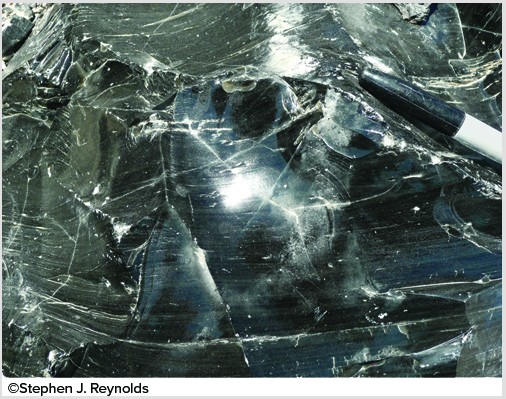This dark gray igneous rock is glassy and elsewhere contains small vesicles and flow bands. What kind of eruption probably formed this rock?
A. dome collapse that forms volcanic breccia
B. slow settling of ash from a tall eruption column forming a nonwelded tuff
C. eruption of a low-viscosity, basaltic lava flow
D. eruption of a pyroclastic flow that forms a thick and hot deposit
E. eruption of high-viscosity lava in a dome
Answer: E
You might also like to view...
What best describes what happens when an acid such as HCl is mixed with water?
A. A hydroxide ion from the water is transferred to the HCl molecule to form a proton and hydronium ion. B. The proton chemically bonded to the chlorine is transferred to a water molecule and forms a chloride ion and a hydronium ion. C. HCl is not an acid. D. A proton from the chlorine nucleus is ejected and captured by a water molecule to form a negatively charged HCl and a new hydronium ion. E. none of the above
Most natural nitrogen fixation takes place ________, and is then taken up in plants and incorporated in plant tissue
A) in water and plankton B) in the air by bacteria C) in the soil, by bacteria D) in water by bacteria E) in the soil by worms
What are the long-term health consequences of exposure to air pollution?
What will be an ideal response?
What is the predominant soil order in the area in which you live? Describe the activities that occur on these soils that reflect the characteristics thereof
What will be an ideal response?